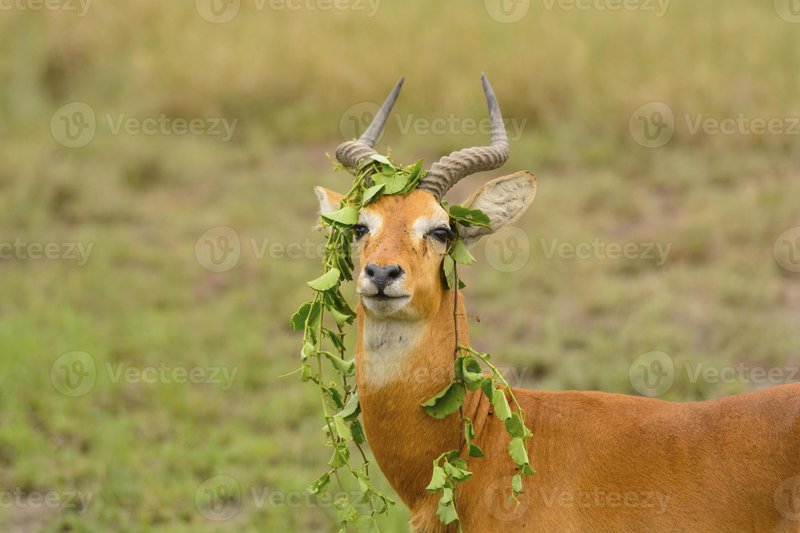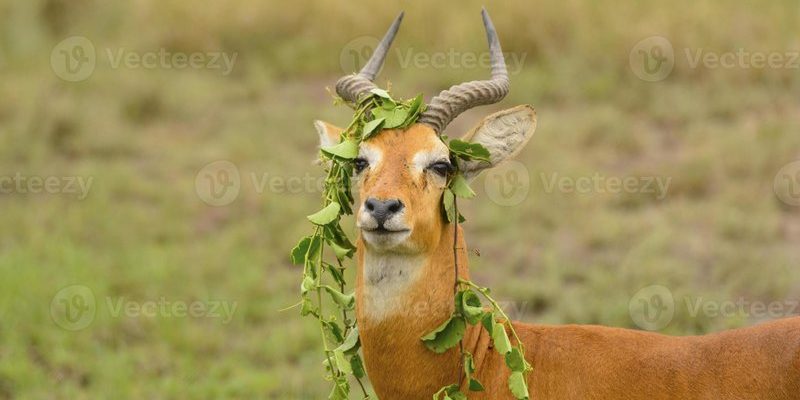
Kobs, with their graceful appearance and charming presence, aren’t just pretty faces. They have a few tricks up their sleeves when it comes to survival. Whether it’s dodging predators or communicating with one another, these fascinating creatures display behaviors that hint at an underlying intelligence. Let’s dive into the world of the Ugandan kob and explore their cognitive abilities and behaviors in more detail.
Understanding the Ugandan Kob’s Environment
The Ugandan kob thrives in wetland areas and grasslands across Uganda and parts of neighboring countries. They’re mostly found near lakes and rivers, where lush grasses provide ample grazing opportunities. If you were a kob, you’d want to hang out in these lush environments too!
Kobs are social creatures, often seen in herds that can number in the hundreds. Living in groups provides safety in numbers—after all, there’s strength in community. In the face of threats like lions and crocodiles, having buddies around can make a big difference. Their environment shapes their behavior, and this social structure hints at their cognitive abilities, as they need to communicate and cooperate with each other to survive.
Communication Skills: The Language of Kobs
You might be surprised to learn that Ugandan kobs have a pretty rich communication system. They use a variety of vocalizations—like low grunts and snorts—to convey messages among each other. Imagine a group of friends chatting and laughing; that’s what a kob herd sounds like.
These vocalizations can indicate everything from alarm calls, alerting others to danger, to more playful sounds during social interactions. Thinking about how you interact with friends, it’s similar: you send different signals depending on the situation. Kobs have that ability too, showing a level of awareness of their herd dynamics and the threats they face.
Also, they engage in body language, using their ears, tails, and even their posture to communicate. For example, a kob might raise its tail to signal alarm, while a relaxed posture might indicate that all is well. This complex communication not only shows their ability to perceive their environment but also their intelligence when it comes to social interactions.
Learning and Memory: A Kob’s Survival Toolkit
Now, let’s talk about learning. Kobs display the ability to learn from experiences, which is a critical part of their survival. If a kob encounters a predator in a particular area, it’s likely to remember that experience and avoid that spot in the future. Think of it as a sort of memory bank filled with important lessons for staying safe.
In groups, younger kobs learn behaviors by watching the older ones. This social learning is a big deal in the animal kingdom. It’s like how children learn from adults, picking up skills and knowledge that help them navigate their world. Whether it’s recognizing when to graze or when to flee, these learned behaviors are key to their survival.
Researchers have even found that kobs can remember locations of food and water sources over time. This ability to navigate their environment cleverly is another indicator of their intelligence. It’s not just about instinct; it’s about making informed decisions based on past experiences.
Problem Solving: Navigating Challenges
Problem solving is another area where kobs shine. You might think of problem-solving in terms of tricky mazes or puzzles, but for kobs, it’s more about everyday challenges. For instance, when faced with a barrier or obstacle in their grazing area, kobs often find ways to go around it to reach their desired food source.
This adaptability shows their cognitive flexibility. If a specific path is blocked or they need to navigate a different route to find safety, kobs demonstrate a level of reasoning that goes beyond instinct. Here’s the thing: animals that can adapt and solve problems often fare better in the wild.
In everyday life, think about how you tackle problems. Do you always follow the same route to work, or do you change it up when there’s traffic? Kobs have that same instinct, working through challenges in their environment to optimize their chances for survival.
Social Structures and Hierarchies
The social hierarchy in kob herds is fascinating. Kobs establish a pecking order that dictates access to resources, mates, and even resting spots. This social structure isn’t just for show; it involves strategic thinking and social skills.
Dominant males, for instance, tend to mate more often and have first dibs on food sources. You might think of it as a high school cafeteria situation—everyone has their place, and those with influence often get the first pick. The way kobs navigate this social dynamic shows cognitive skills that add depth to their intelligence.
Research indicates that younger kobs learn to gauge their position within the group. They pick up cues from older members about when to assert themselves or when to back off. This understanding of social cues is essential for maintaining harmony within the herd and showcases their ability to think strategically.
So, how smart is a Ugandan kob? Their cognitive abilities, from communication and learning to problem-solving and social structure, suggest they possess a unique intelligence tailored for survival in their environment. They showcase behaviors that indicate not just instinct but also a capacity for reasoning and learning from experiences.
Understanding the intelligence of animals like the Ugandan kob enriches our appreciation for nature. It reminds us that intelligence comes in various forms, and even in the animal kingdom, it can take many shapes. Next time you think of intelligence, remember the humble kob, making its way through life with both grace and cleverness.

